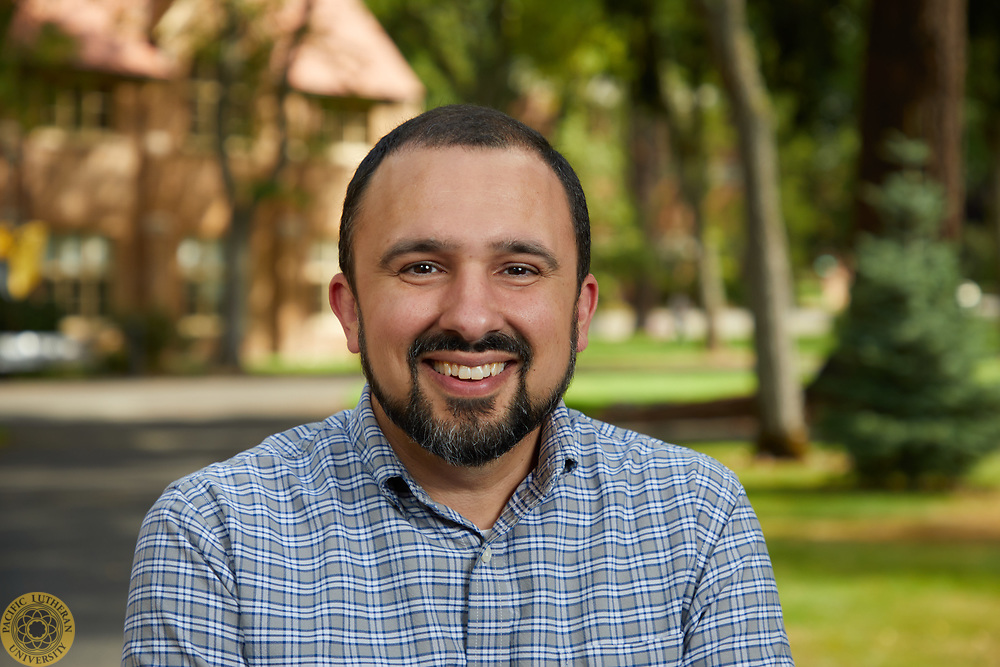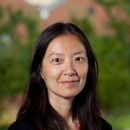Page 1 • (27 results in 0.046 seconds)
-

Assistant Professor of Physics | Department of Physics | oneillsm@plu.edu | 253-535-7007
Sean O’Neill Assistant Professor of Physics he/him/his Phone: 253-535-7007 Email: oneillsm@plu.edu Office Location: Rieke Science Center - 253 Office Hours: (On Campus) Wed: 5:30 pm - 6:30 pm (On Campus) Fri: 12:30 pm - 2:30 pm Website: https://sites.google.com/a/plu.edu/oneillsm/ Curriculum Vitae: View my CV Professional Education Ph.D., Astrophysics, University of Minnesota, 2007 B.A., University of Chicago, 2000 Areas of Emphasis or Expertise High-energy Astrophysics Numerical Hydrodynamics
Office HoursWed: 5:30 pm - 6:30 pmFri: 12:30 pm - 2:30 pmArea of Emphasis/Expertise -
Common Resources Professional development resource guide Numerical Recipes Home Page Britannica Online OneLook Dictionaries, The Faster Finder Nobel Prize homepage Martindale's reference desk
Online Resources Common Resources Professional development resource guide Numerical Recipes Home Page Britannica Online OneLook Dictionaries, The Faster Finder Nobel Prize homepage Martindale’s “reference desk” Companies/Physics Laboratories Edwards High Vacuum International Cornell NanoScale Science & Technology Facility (CNF) Home Page Ted Pella National Instruments Fermi National Accelerator Laboratory Los Alamos National Laboratory Pacific Northwest National Laboratory CERN Fun Stuff
-
The DOE NNSA SSGF provides outstanding benefits and opportunities to students pursuing a Ph.D. in areas of interest to stewardship science, such as properties of materials under extreme conditions and hydrodynamics, nuclear science, or high energy density physics. Renewable up to four years, the fellowship…
Department of Energy National Nuclear Security Administration Stewardship Science Currently accepting applications through January 5, 2022. Posted by: alemanem / December 15, 2021 December 15, 2021 The DOE NNSA SSGF provides outstanding benefits and opportunities to students pursuing a Ph.D. in areas of interest to stewardship science, such as properties of materials under extreme conditions and hydrodynamics, nuclear science, or high energy density physics. Renewable up to four years, the
-

Associate Professor Emeritus of Mathematics | Department of Mathematics | zhuma@plu.edu | 253-535-7404
Mei Zhu Associate Professor Emeritus of Mathematics Phone: 253-535-7404 Email: zhuma@plu.edu Office Location: Morken Center for Learning & Technology Status:Emeritus Website: http://community.plu.edu/~zhuma Professional Education Ph.D., Mathematics, University of Washington, 1994 M.S., University of Washington, 1990 M.S., Chinese Academia Sinica, Beijing, 1988 B.S., Tsinghua University, Beijing, 1985 Areas of Emphasis or Expertise Mathematical Biology Differential Equations Numerical Analysis
-
The Optometry Admission Test (OAT) is a standardized, 4-hour examination designed to measure general academic ability and comprehension of scientific information.
. Each test results in a numerical score of 200-400. The results are scaled such that a score of 300 represents the average national performance. The four tests are as follows: Survey of Natural Sciences = 90 minutes, 100 questions – 40 questions cover biology, 30 questions cover general chemistry, and 30 questions cover organic chemistry Reading Comprehension = 50 minutes, 40 questions – three reading passages each with 13 or 15 questions about each passage Physics = 50 minutes, 50 questions
-
The Optometry Admission Test (OAT) is a standardized, 4-hour examination designed to measure general academic ability and comprehension of scientific information.
. Each test results in a numerical score of 200-400. The results are scaled such that a score of 300 represents the average national performance. The four tests are as follows: Survey of Natural Sciences = 90 minutes, 100 questions – 40 questions cover biology, 30 questions cover general chemistry, and 30 questions cover organic chemistry Reading Comprehension = 50 minutes, 40 questions – three reading passages each with 13 or 15 questions about each passage Physics = 50 minutes, 50 questions
-
The Oregon Center for Electrochemistry’s masters-level internship program attracts chemistry, physics, biology, and engineering students and provide nationally unique training including rigorous foundational electrochemical theory, team- and inquiry-based laboratory work, numerical simulation and engineering of electrochemical systems, and experience tackling industry-sponsored, team research projects. Concepts…
UO Masters’ Internship program in Electrochemistry Posted by: nicolacs / November 18, 2021 November 18, 2021 The Oregon Center for Electrochemistry’s masters-level internship program attracts chemistry, physics, biology, and engineering students and provide nationally unique training including rigorous foundational electrochemical theory, team- and inquiry-based laboratory work, numerical simulation and engineering of electrochemical systems, and experience tackling industry-sponsored, team
-
The Oregon Center for Electrochemistry’s masters-level internship program attracts chemistry, physics, biology, and engineering students and provide nationally unique training including rigorous foundational electrochemical theory, team- and inquiry-based laboratory work, numerical simulation and engineering of electrochemical systems, and experience tackling industry-sponsored, team research projects. Concepts…
UO Masters’ Internship program in Electrochemistry Posted by: nicolacs / November 18, 2021 November 18, 2021 The Oregon Center for Electrochemistry’s masters-level internship program attracts chemistry, physics, biology, and engineering students and provide nationally unique training including rigorous foundational electrochemical theory, team- and inquiry-based laboratory work, numerical simulation and engineering of electrochemical systems, and experience tackling industry-sponsored, team
-
Learners will be able to demonstrate and apply their understanding of fundamental concepts by successfully solving a variety of physics problems in different contexts.
collaboration in group and team environments, such as group problem solving and laboratory experiments. A detailed list of collaborative activities is provided within the learning outcomes of each course, included in the course syllabus. Learners will be able to computationally solve physics and/or engineering problems using software packages such as spreadsheets, numerical integration, matrix multiplication tools, or symbolic manipulation (computer algebra) systems, as appropriate for employment or for
-

Associate Professor of Physics | Wild Hope Center for Vocation | hay@plu.edu | 253-535-7999 | I enjoy explaining physics concepts on a level that is understandable.
, Maria I. Dragila; International Journal of Numerical Analysis and Modeling Vol. 5, 2008: Accolades 2019-2020 Faculty Excellence Award in Advising, PLU 2018 "Inspirational Woman" - PLU Center for Gender Equity Outstanding Student Paper at conference in Hydrology section for presentation: “Physics of two-phase flow on rough surfaces” at American Geophysical Union Conference 2006, San Francisco Certificate of Appreciation for JPL internship and presentation awarded by the Oregon Space Consortium (2005
Area of Emphasis/Expertise
Do you have any feedback for us? If so, feel free to use our Feedback Form.


